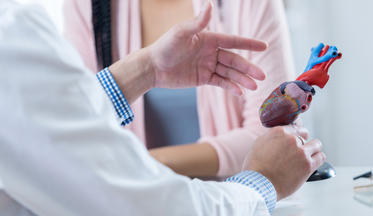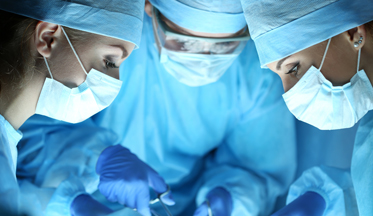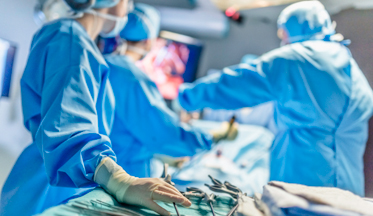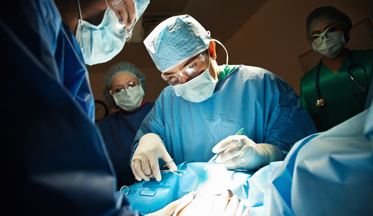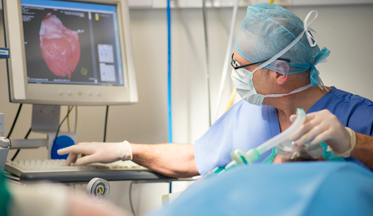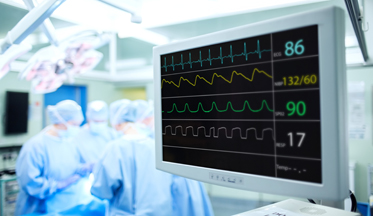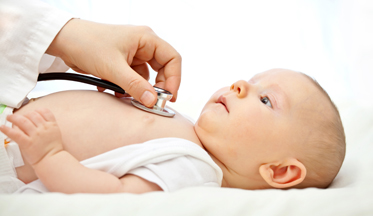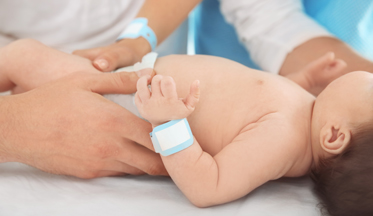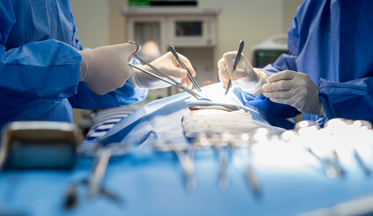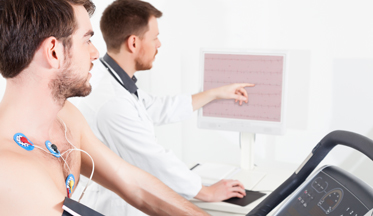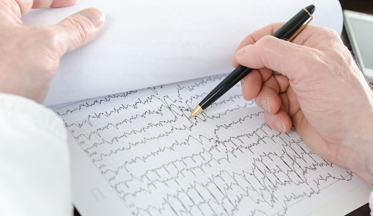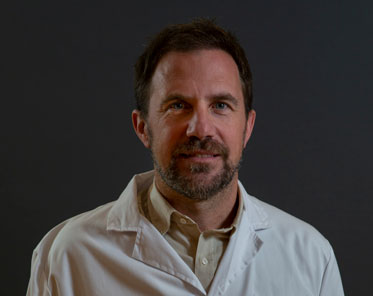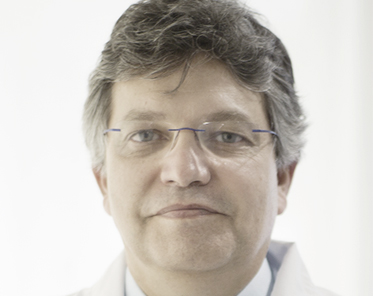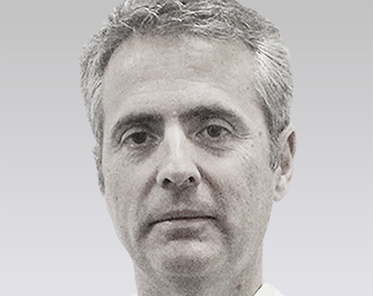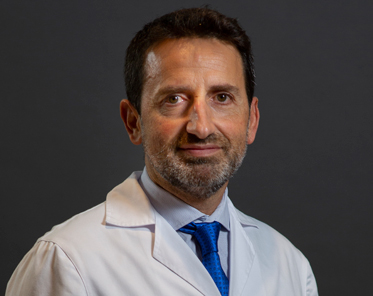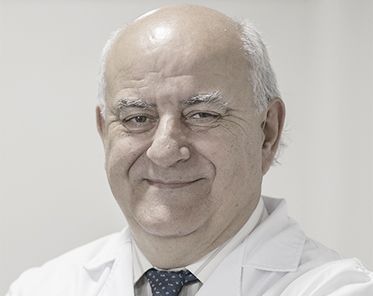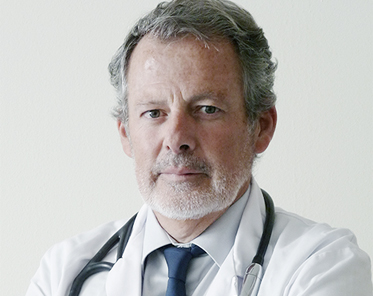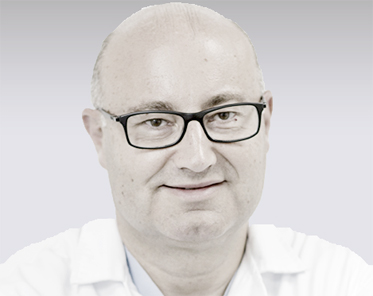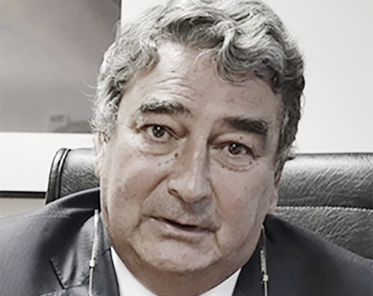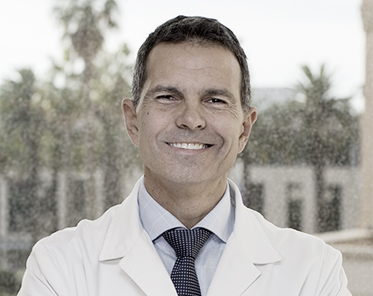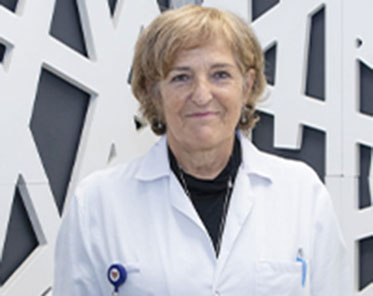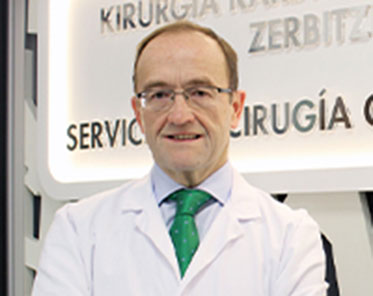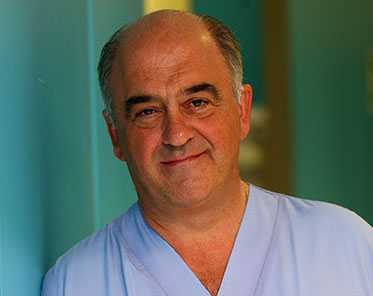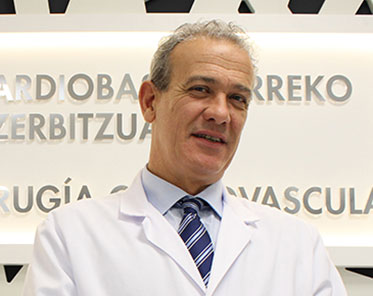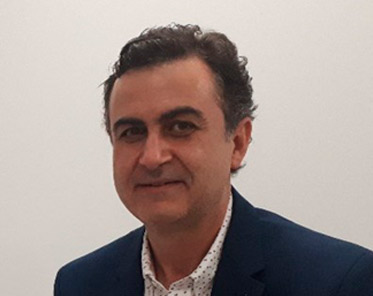Секция сердца
Для заботы о вашем сердце мы располагаем многопрофильной командой, специализирующейся на профилактике, диагностике и лечении любых сердечно-сосудистых заболеваний, независимо от степени их сложности.
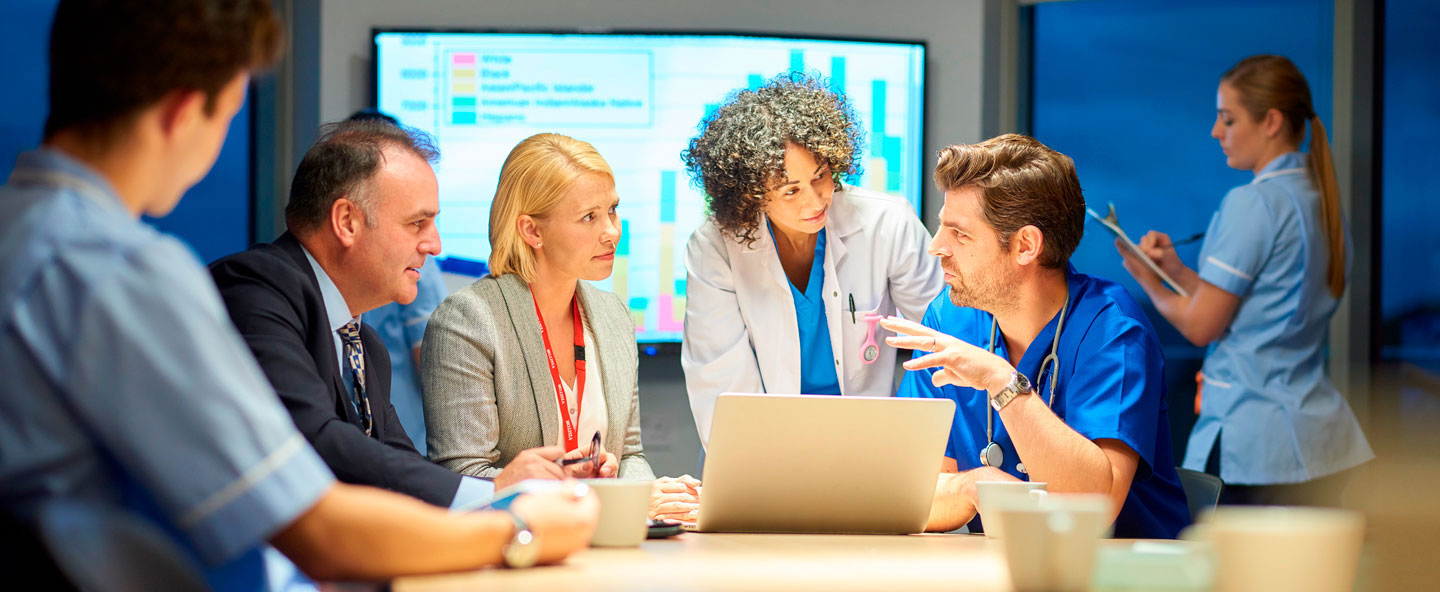


Секция сердца
Наша секция сердца располагает, с одной стороны, командой врачей с многолетним опытом в диагностике и лечении коронарных и сердечно-сосудистых патологий, которые можно решить чрескожным путем; и, с другой стороны, новейшими передовыми технологиями, поскольку в нашем распоряжении имеются гибридные операционные, в которых, в соответствии с самыми высокими стандартами безопасности, проводятся оперативные вмешательства для решения структурных патологий сердца.
Отделение кардиохирургии уже более 15 лет является лидером в области хирургического лечения заболеваний сердца у взрослых, а члены кардиохирургической команды провели операции на открытом сердце у более чем 5 000 пациентов, получив великолепные результаты. Мы стремимся предоставить лучшие хирургические решения, в том числе пациентам, которым отказали в других медицинских учреждениях или которым требуется очень сложная операция из-за того, что они являются пациентами с высоким или очень высоким риском.
Наша программа «умной» кардиохирургии предусматривает строгий контроль качества согласно самым высоким стандартам на всех этапах хирургического вмешательства (предоперационном, интраоперационном и послеоперационном), что превращает ее в один из самых совершенных кардиохирургических протоколов, доступных на сегодняшний день в мире. Высококвалифицированная команда специалистов-кардиологов осуществляет свою работу в рамках целостного многопрофильного процесса, основанного на индивидуальном подходе к каждому конкретному пациенту.
Программа «умной» кардиохирургии включает в себя коронарную хирургию на бьющемся сердце, малоинвазивную кардиохирургию, бескровную кардиохирургию и процедуру быстрого восстановления.
Наша программа руководствуется самыми строгими методами управления качеством в сфере здравоохранения, ориентированными на обеспечение наилучшего ухода за пациентами и удовлетворение всех их потребностей с максимальной безопасностью.
- Наша команда стремится к совершенству, а наша цель заключается в предоставлении наилучшего ухода за пациентами и членами их семей.
- В настоящее время кардиохирургия может проводиться с минимальным хирургическим вмешательством с превосходными результатами и очень низким уровнем риска для пациента.
Наше отделение гемодинамики и интервенционной кардиологии имеет в своем распоряжении опытную команду профессионалов и самые передовые технологии для диагностики и лечения сердечно-сосудистых заболеваний. В наших современных лабораториях осуществляются высокоточные исследования. В последние годы в области гемодинамики были осуществлены разработки чрескожных методов для лечения патологии аорты и митрального клапана (чрескожный протез аорты, закрытие протеканий (leaks)) или врожденных пороков развития (шунтирование), которые еще несколько лет тому назад требовали хирургической коррекции. Каждый раз появляется все больше и больше патологий, которые можно лечить без необходимости выполнения открытой хирургии. Несомненно, идеальной средой для проведения этого вида лечения является гибридная операционная, в которой сочетаются условия стерильности, свойственные традиционным операционным, с самой передовой рентгеновской технологией. Для большей точности во время процедур используется методика наложения изображений, полученных из других источников (ультразвук, эхокардиография, ЭХО-навигатор, компьютеризированная томография, Heart Navigator).
- Мы располагаем гибридной операционной, которая сочетает в себе условия стерильности, свойственные хирургической среде, с самой передовой рентгеновской технологией.
- Для диагностики и лечения ишемической болезни сердца в наших современных лабораториях осуществляются высокоточные исследования.
Наша команда специалистов с более чем 35-летним опытом работы и более чем 10 000 оперативными вмешательствами на сердце занимается всеми видами врожденных пороков сердца у пациентов от неонатального до взрослого возраста. 70% сердечных заболеваний, рассматриваемых данной специализацией, являются сложными и имеют показатель Aristotle basic complexity score (ABC score) равный 8,2 (значение выше среднего в Европе) и коэффициент выживаемости равный 98,2%.
- Более 10 000 оперативных вмешательств на сердце, 70% из которых имели повышенную категорию сложности. Мы выполняем операции при всех видах сердечных заболеваний, включая заболевания, входящие в 4 группу согласно Aristotle basic complexity score (ABC score).
- Индивидуальный подход с отношением врач-пациент 1 на 1
- Международный авторитет в области сложных врожденных пороков сердца. Мы оказываем медицинскую помощь пациентам из десятка стран.
Наши специалисты в области аритмий осуществляют электрофизиологические исследования в диагностических и терапевтических целях, используя высокотехнологичное оборудование. Проводят лечение пациентов, которым ранее был поставлен диагноз специалистами кардиологического отделения или отделения внутренних болезней, и которых перенаправили в отделение электрофизиологии и аритмий для проведения лечения.
Наши специалисты проводят абляции, исследования аритмий, процедуры с имплантацией и мониторингом кардиостимуляторов, электрокардиоверсии, тилт-тест (от англ. tilt – наклон) для исследования обмороков, причина которых связана с аритмиями, а также мониторинг аритмий и давления по Холтеру.
- Мы располагаем несколькими центрами, которые проводят больше операций методом абляции для лечения мерцательной аритмии, чем основные центры страны, практикующие данную методику.
- Благодаря нашему опыту, а также использованию самых современных технологий, мы оказываем индивидуальную и точную медицинскую помощь.


